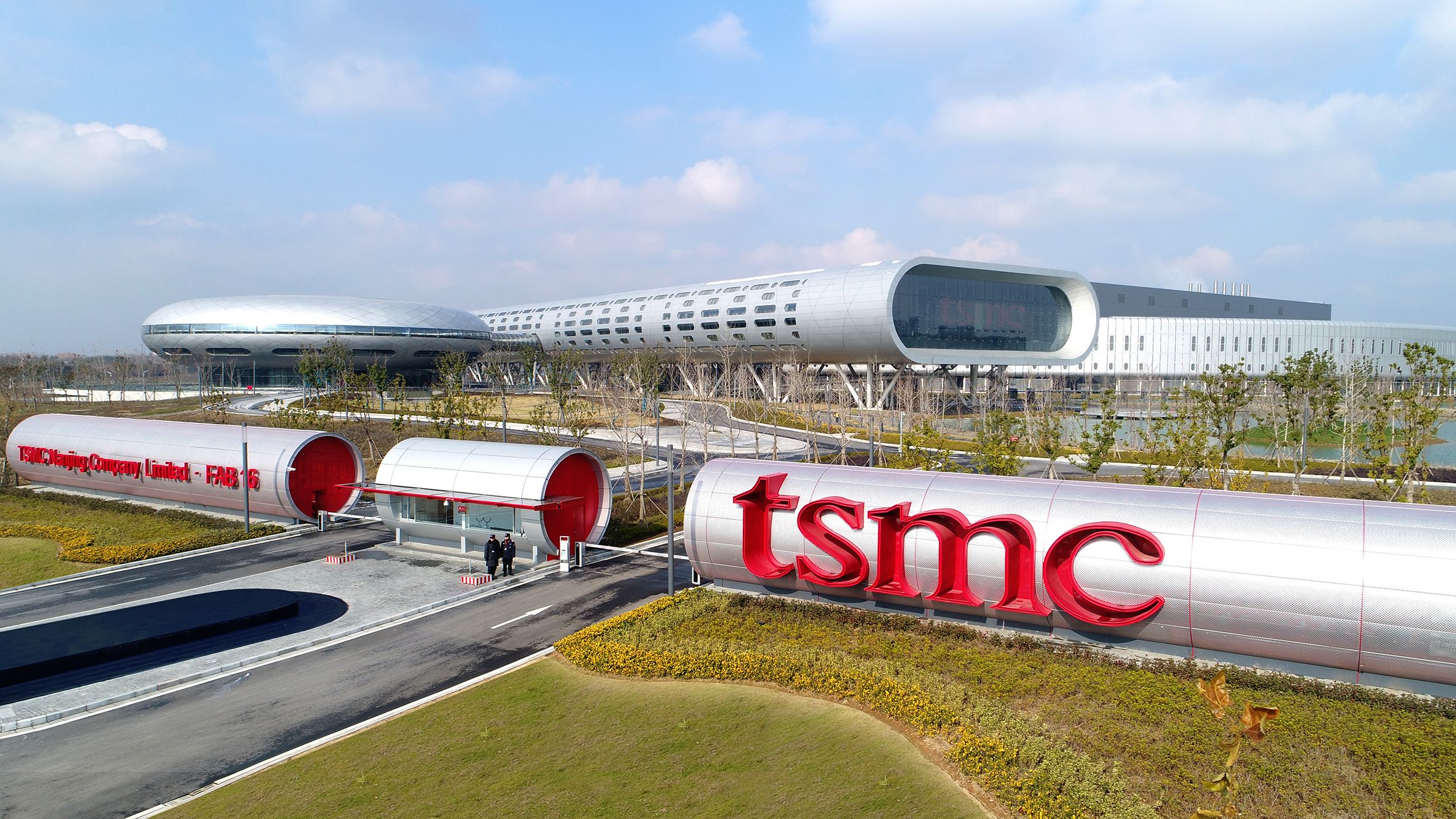Taiwan Semiconductor Manufacturing vs Nvidia: A Comparison of Growth Potential

The Battle of Chip Giants
This article dives into the comparison between Taiwan Semiconductor Manufacturing (TSMC) and Nvidia, two key players in the chipmaking industry. while both have seen impressive growth in recent years, the analysis shows that Nvidia's more specialized business model may give it an edge in the fast-evolving artificial intelligence market.
TSMC's Market Dominance
Taiwan Semiconductor Manufacturing (TSMC) is the world's largest chip foundry, producing cutting-edge chips for major tech companies such as Nvidia, AMD, Qualcomm, and Apple. TSMC's utilization of advanced lithography systems has helped it maintain a lead over competitors like Samsung and Intel. Despite facing market cyclicality, TSMC has shown resilience and consistent growth.
The company's revenue growth alongside its exposure to high-performance computing and smartphone markets reflect its strategic positioning in the semiconductor industry. While TSMC's growth outlook remains positive, recent adjustments in growth forecasts hint at potential challenges ahead, mostly attributed to macroeconomic uncertainties.
Comparison with Nvidia
Although TSMC's stock has experienced significant appreciation, its growth trajectory may not match up to Nvidia's rapid expansion in the AI sector. Cisco CEO C.C. Wei's cautious outlook for the semiconductor industry raises concerns over short-term growth prospects. Nvidia's focused business model and projected revenue and earnings surge highlight its potential for sustained growth compared to TSMC.
In conclusion, while TSMC and Nvidia both offer long-term investment opportunities in the semiconductor market, investors should consider factors like market diversification, growth rates, and competitive positioning when making investment decisions.
This article was prepared using information from open sources in accordance with the principles of Ethical Policy. The editorial team is not responsible for absolute accuracy, as it relies on data from the sources referenced.